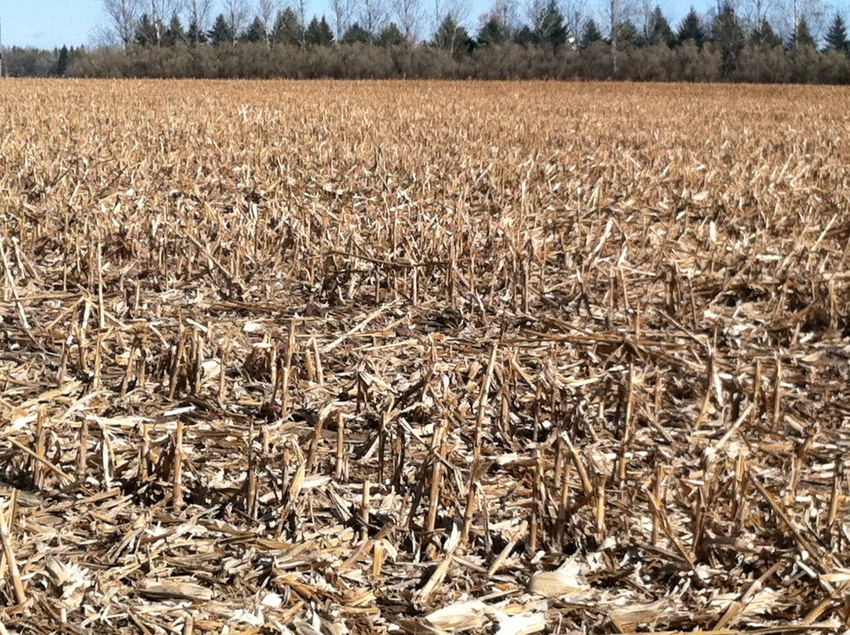November 1, 2013

With harvest in progress and even closing in on completion, the Iowa Soybean Association On-Farm Network reminds growers that just because harvest comes to an end, field work isn’t necessarily over. The delayed spring field work may impact on the field work you need to do this fall concerning weed control, soil loss and drainage.
Tristan Mueller, ISA On-Farm Network field operations manager, says soil nutrient testing should be a priority. “Be sure you or your agronomy service provider get samples soon from fields that are due to be tested before next spring,” he says. “If you noticed – and marked – areas of fields during harvest during harvest where crops appeared to be more affected by this year’s wet spring and/or hot summer, a walk through those areas may be justified.”
“The extreme fluctuation in weather during the past couple of years has effected both yield and crop nutrient removal,” adds Dr. Peter Kyveryga, On-Farm Network analytic operations manager. “This is another reason to do a good job with soil testing and interpretation of the soil test results. Pay some attention to small changes in the lime and phosphorous soil test interpretations and note potassium levels in soil test reports may be influenced by recent changes in Iowa State University recommendations for potassium testing methods.”
If you have fields where pH is consistently low across the field, consider using lime to raise the pH. If you are interested in participating in the pelletized lime study mentioned in last week’s On-Farm Advance, email Anthony Martin or Pat Reeg.
Like what you're reading? Subscribe to CSD Extra and get the latest news right to your inbox!
Mueller says that besides pulling soil samples for nutrient analysis, you might also want to sample for soybean cyst nematode (SCN), especially in fields going back to soybeans in 2014. Dr. Greg Tylka, Iowa State University plant pathology professor, says SCN reproduction was extremely high in the 2012 growing season, and since many of the fields where soybeans were grown in 2012 will be planted to soybeans again in 2014, knowing the SCN situation in those fields can help in making variety or rotation decisions. Read more from Tylka on testing for SCN. You may also want to download the Iowa Soybean Association/Iowa State University SCN field guide (pdf).
You might also like:
You May Also Like




